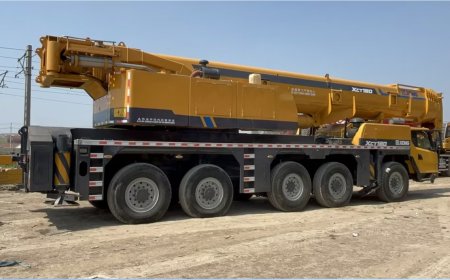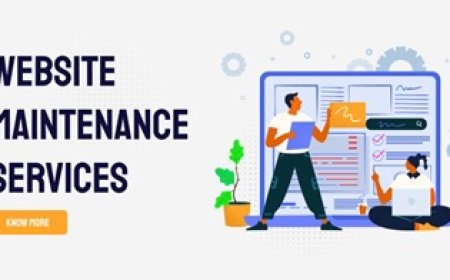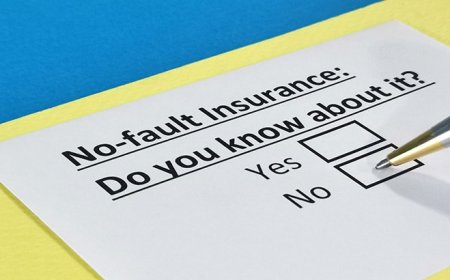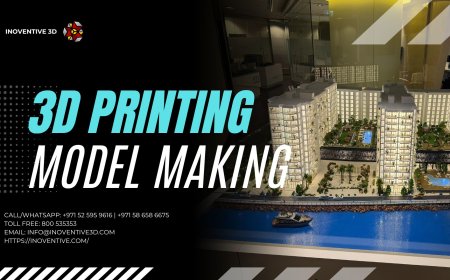Recipe Management: Your Secret to Kitchen Success
Master recipe management to save time, cut costs, and ensure consistent dishes. Learn best practices, tools, and tips for effortless kitchen workflow.
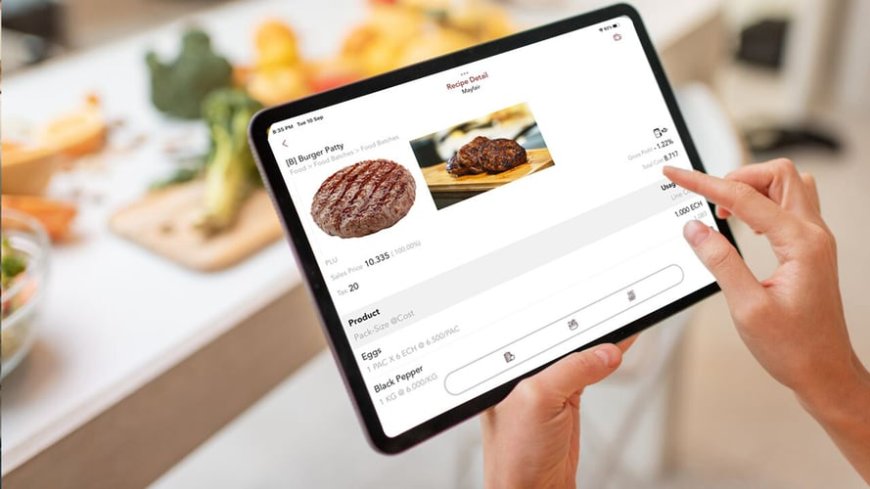
Effective recipe management turns a hectic kitchen into a well?oiled machine. By organizing, standardizing, and tracking every recipe, you ensure that every dish tastes the same, costs stay in check, and your team works with clarity. Whether youre cooking at home or running a busy restaurant, adopting a solid recipe management system pays off in consistency, cost control, and time savings.
1. Boost Consistency with Clear Documentation
At the heart of recipe management lies thorough documentation. A complete recipe card should include:
-
Title & Description: A clear name and brief overview.
-
Ingredient List: Items in order of use, with exact measurements.
-
Step?by?Step Instructions: Numbered steps with timings and temperatures.
-
Allergen & Dietary Notes: Tags such as gluten?free or vegan.
When every cook follows the same written instructions, you eliminate guesswork. Service after service, plates arrive looking and tasting identical.
2. Control Costs by Tracking Ingredients
Food costs can make or break your profit margin. With proper recipe management, you can:
-
Calculate Cost per Serving: Link ingredient quantities to current prices.
-
Identify Waste: Spot where over?portioning or spoilage occurs.
-
Optimize Purchasing: Order exactly what you need, when you need it.
A recipe management tool or even a simple spreadsheet lets you see which dishes deliver the best margins and which need adjustment.
3. Save Time with Automated Scaling
Scaling recipes up or down by hand is tediousand error?prone. A good recipe management system will:
-
Auto?Scale Ingredients: Double or halve a recipe with one click.
-
Generate Prep Lists: Summarize tasks so your team knows exactly what to do.
-
Create Shopping Lists: Export ingredient orders based on menu volume.
This automation frees you from manual calculations, so you can focus on cooking and quality control.
4. Train Staff Faster with Visual References
New cooks learn quickest when they can see as well as read. Good recipe management includes:
-
Photos of Finished Dishes: Show plating and portion size.
-
Process Images or Short Clips: Demonstrate key techniques (knife cuts, emulsions).
-
Version Control Notes: Document changes in spices or cooking times.
Visual aids cut down training time and reduce mistakes in busy shifts.
5. Choose the Right Recipe Management Tool
Your needs will dictate your tool. Here are common options:
| Option | Pros | Cons |
|---|---|---|
| Spreadsheets | Free, fully customizable | Manual upkeep required |
| Document Repositories | Easy collaboration, rich formatting | Hard to automate costing |
| Dedicated Software | Auto?costing, inventory integration | Licensing fees |
| Kitchen Displays | Live order routing, recipe access | Higher setup costs |
6. Best Practices to Keep You Organized
-
Standardize Naming: Prefix categories (e.g., Entree: Grilled Salmon) for quick search.
-
Archive Stale Recipes: Remove low?performers to declutter your library.
-
Schedule Price Reviews: Update ingredient costs monthly to keep margins accurate.
-
Gather Feedback: Encourage cooks to suggest tweaks and record them in your system.
Regular audits of your recipe collection ensure it stays lean, current, and easy to navigate.
7. Overcome Common Pitfalls
-
Incomplete Entries: A missing step can ruin a dish. Fix: Use a checklist before finalizing any recipe.
-
Fragmented Storage: Recipes scattered across emails or printouts cause confusion. Fix: Migrate all recipes into one central system.
-
Neglected Updates: Spices, oil prices, and labor costs change. Fix: Block off time each month to refresh your data.
Proactive maintenance keeps your recipe management system working for you, not against you.
Conclusion
Implementing robust recipe management boosts consistency, cuts costs, and saves time. Start by documenting your top 10 dishes in a clear template. Then, choose the tool that best fits your scalewhether its a spreadsheet or dedicated software. Train your team with visuals, automate scaling, and review costs regularly. Before long, youll see smoother service, happier diners, and healthier margins.
